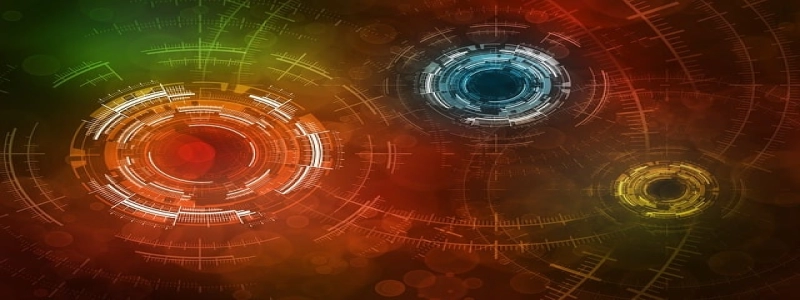How Are Wavelength and Energy Related?
Introducción:
Understanding the relationship between wavelength and energy is crucial in various scientific fields, including physics, chemistry, and astronomy. It helps us comprehend the behavior of light, electromagnetic waves, and the interaction between energy and matter. In this article, we will delve into the concept of wavelength and energy and explain how they are related.
I. What is Wavelength?
A. Definition: Wavelength is the distance between two consecutive peaks or troughs of a wave.
B. Symbol: Wavelength is usually represented by the Greek letter lambda (λ).
C. Unit: The unit of wavelength is meters (metro) in the International System of Units (SI).
II. What is Energy?
A. Definition: Energy is the capacity to do work or cause a change. It can exist in various forms such as kinetic, potential, thermal, chemical, or electromagnetic energy.
B. Unit: The unit of energy is the joule (J) in the SI.
III. Relationship between Wavelength and Energy:
A. The Wave-Particle Duality: According to the concept of wave-particle duality, light and other electromagnetic waves exhibit properties of both waves and particles. They are composed of particles called photons that possess energy.
B. Photon Energy: The energy of a single photon is directly proportional to its frequency (ν) or inversely proportional to its wavelength (λ). The proportionality constant is Planck’s constant (h).
C. The Equation: The relationship between wavelength, frequency, and energy can be expressed by the equation E = h * ν or E = h * (c/λ), where E is energy, h is Planck’s constant (6.62607015 × 10^-34 J·s), ν is frequency, c is the speed of light (3.00 × 10^8 m/s), and λ is wavelength.
D. Inferences: From the equation, it can be inferred that shorter wavelengths correspond to higher frequencies and higher energies. Conversely, longer wavelengths correspond to lower frequencies and lower energies.
IV. Applications:
A. Spectroscopy: The study of the interaction between matter and electromagnetic radiation relies on the relationship between wavelength and energy. Spectroscopy techniques utilize this relationship to analyze and identify the composition of substances.
B. Astronomical Observations: Understanding the relationship between wavelength and energy enables astronomers to study celestial objects and phenomena. It helps in determining the type, temperature, and chemical composition of stars, galaxies, and other astronomical bodies.
Conclusión:
In conclusion, wavelength and energy are intricately related in the world of physics and beyond. The relationship between the two is fundamental in understanding the behavior of light and electromagnetic waves. By comprehending this relationship, scientists are able to unlock a wealth of knowledge about the properties of matter and the universe as a whole.








